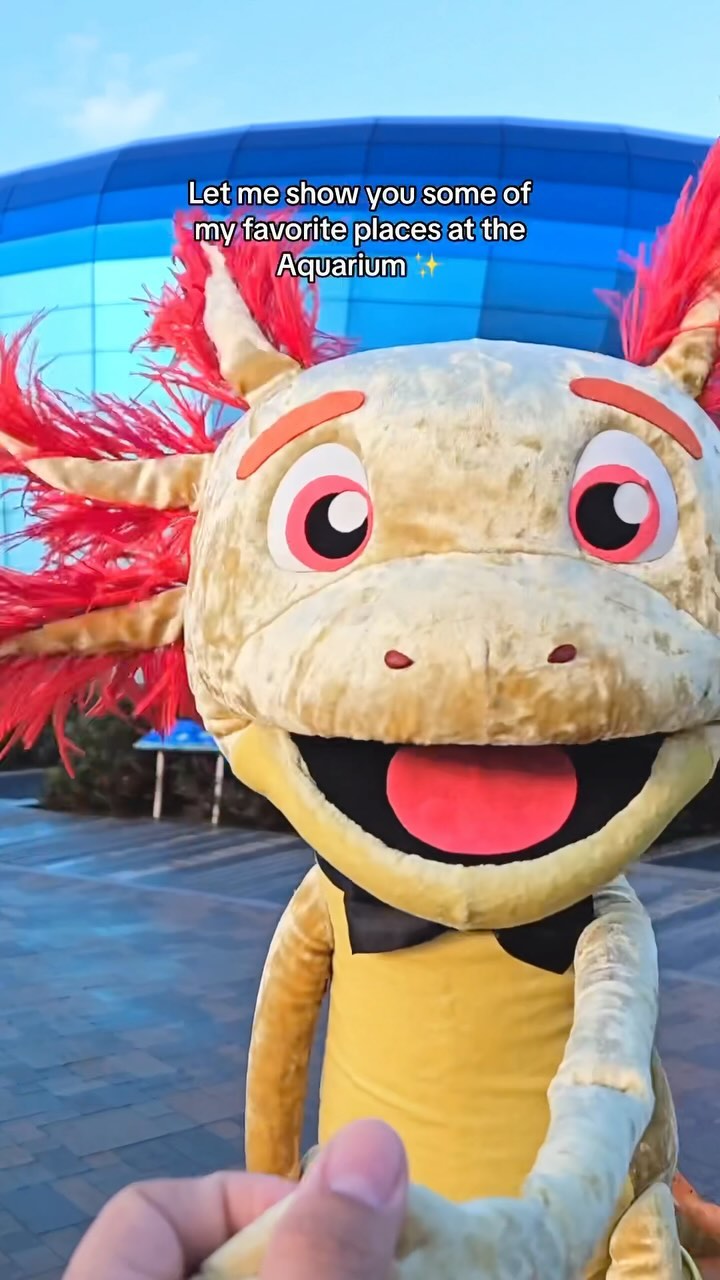– The role of modern aquariums in wildlife conservation and education
– Insights into the daily operations and challenges faced by aquarium professionals
– The importance of environmental stewardship and how visitors can contribute
– Current trends and innovations in aquarium research and exhibit design
– The impact of aquarium experiences on public perception and behavior towards marine conservation
Exploring the Aquarium of the Pacific with a friend like Axl provides a fantastic lens through which to examine the intersection of zoology, aquarium management, and wildlife conservation. Today’s aquariums do more than display marine life; they are active research and conservation centers that play a pivotal role in educating the public about the marine environment and its challenges. This article will navigate these themes, providing an in-depth look at the valuable work behind the scenes of such institutions.
Wildlife conservation is at the core of modern aquarium operations. The Aquarium of the Pacific, like many others around the globe, participates in various conservation efforts, including breeding programs for endangered species, restoration projects for marine habitats, and research aimed at solving pressing environmental problems. Given the threats facing marine ecosystems, such as pollution, overfishing, and climate change, this work is critical. Aquariums contribute to preserving biodiversity and the health of the world’s oceans by supporting these conservation initiatives.
The daily operations of an aquarium involve a wide range of activities, from feeding and caring for the animals to maintaining the exhibits and educating the visitors. Aquarium professionals, including biologists, veterinarians, and educators, work tirelessly to ensure the well-being of the creatures in their care and to deliver engaging educational programs. These experts face numerous challenges, including managing the complex needs of diverse species, ensuring the water quality in the tanks, and addressing the health issues in captive populations. Despite these challenges, their dedication is evident in the thriving marine life and the informative presentations that captivate visitors.
Environmental stewardship is another key theme within aquariums. These institutions strive to foster a connection between visitors and the marine environment, highlighting individuals’ role in its protection. From reducing plastic use to supporting sustainable seafood choices, the Aquarium of the Pacific and others like it offer practical advice on living more sustainably. By empowering visitors with this knowledge, aquariums hope to inspire positive changes in behavior that will benefit marine ecosystems worldwide.
Aquarium science has seen significant advances in research and exhibit design in recent years. Innovative technologies and practices are being developed to create more naturalistic marine life habitats and enhance the visitor experience. For example, interactive exhibits allow visitors to engage directly with marine creatures, while virtual reality experiences provide immersive education about underwater ecosystems. These trends highlight the ongoing evolution of aquariums as they seek to better replicate their inhabitants’ natural environments and engage visitors in more meaningful ways.
Finally, the impact of the aquarium experience on public perception and behavior is profound. Studies have shown that visits to aquariums can increase knowledge about marine conservation issues and motivate people to take action in their own lives. This change in public attitudes and behaviors is essential for the broader effort to protect the world’s oceans. By educating and inspiring a diverse audience, the Aquarium of the Pacific and similar institutions play a vital role in building a society that values and works to preserve marine environments.
In summary, exploring the Aquarium of the Pacific with a friend offers more than just the opportunity to see fascinating marine life up close. It opens a window into the critical work of modern aquariums in conservation, education, and the promotion of environmental stewardship. Through their efforts, aquariums contribute to the scientific understanding and preservation of marine biodiversity and influence public perception and behavior toward conserving our precious marine resources.
*****
Source Description
POV you’re exploring the @aquariumpacific with your pal Axl 💛🤗
.
.
.
.
.


